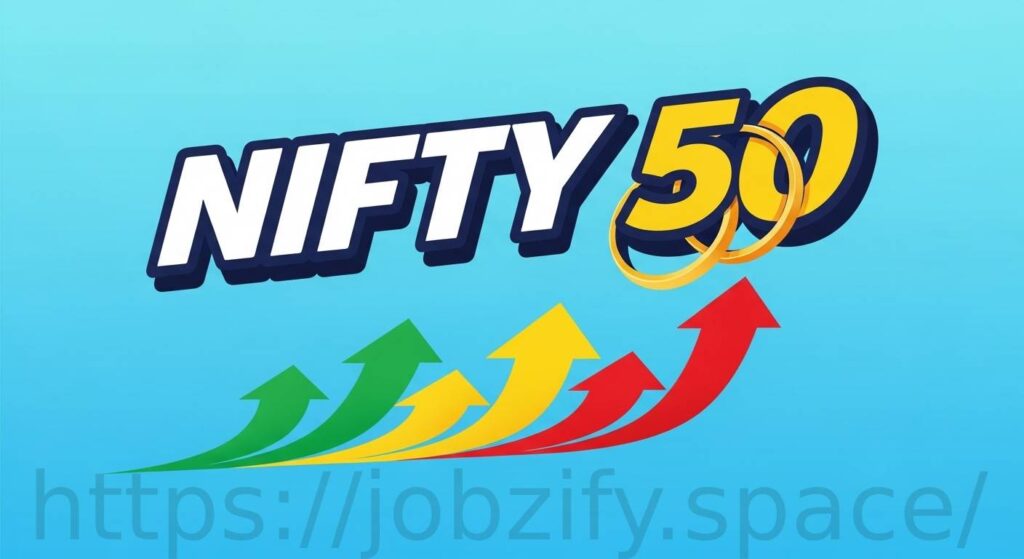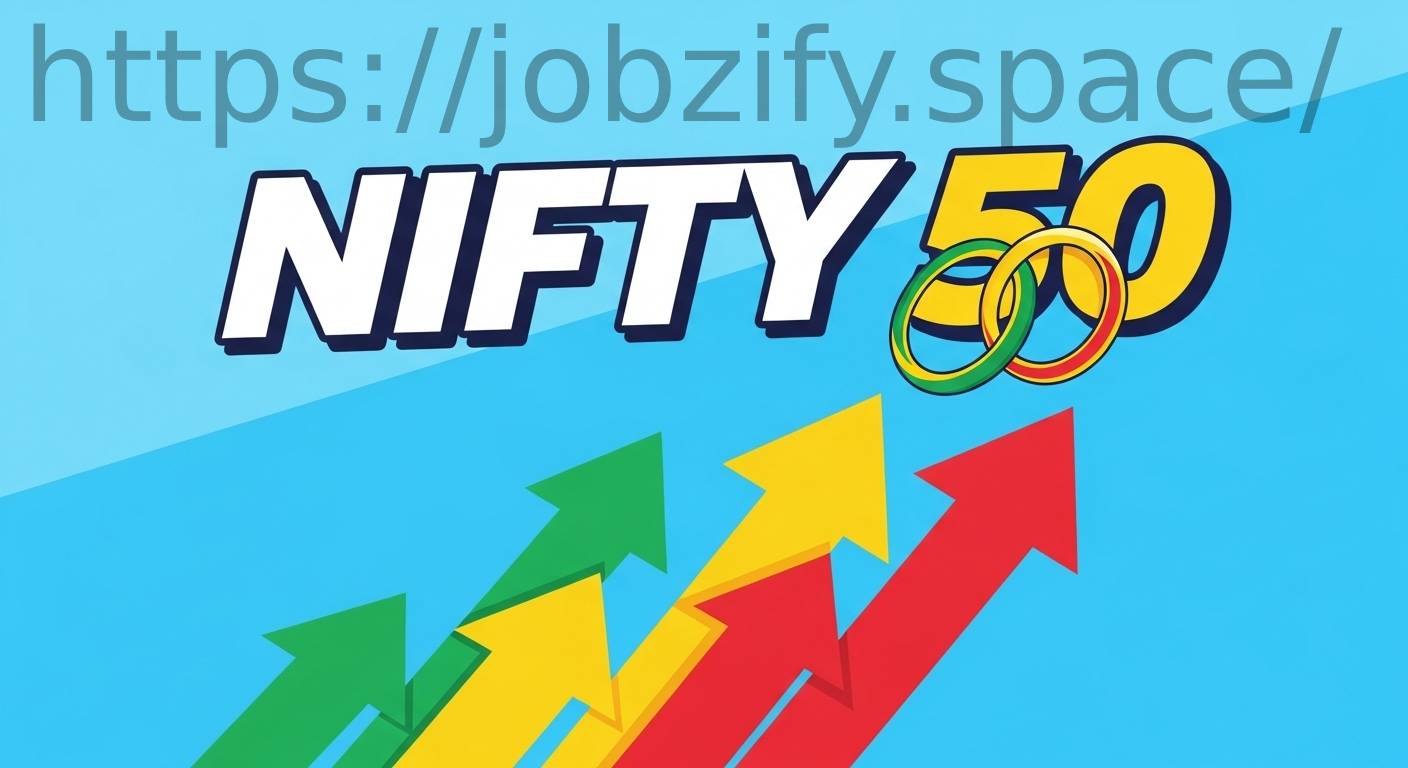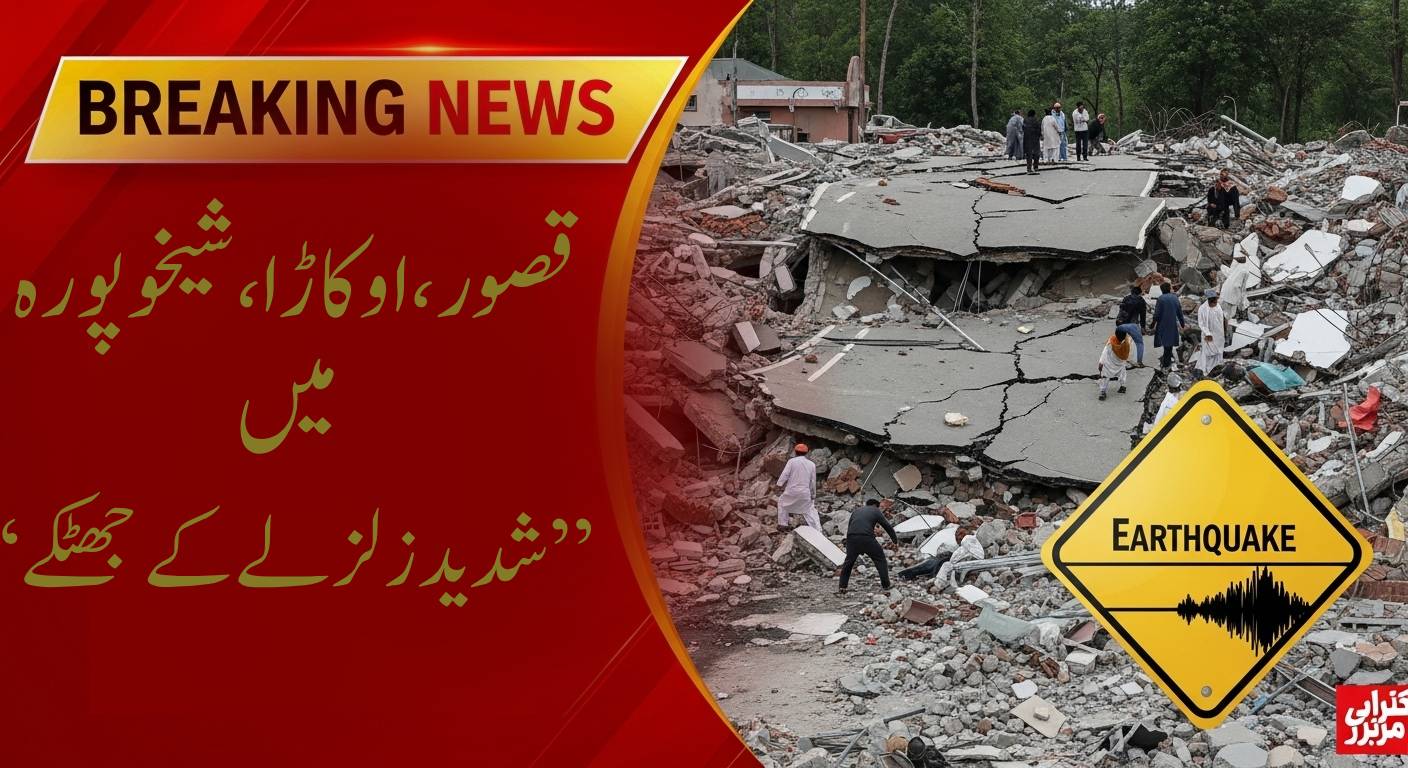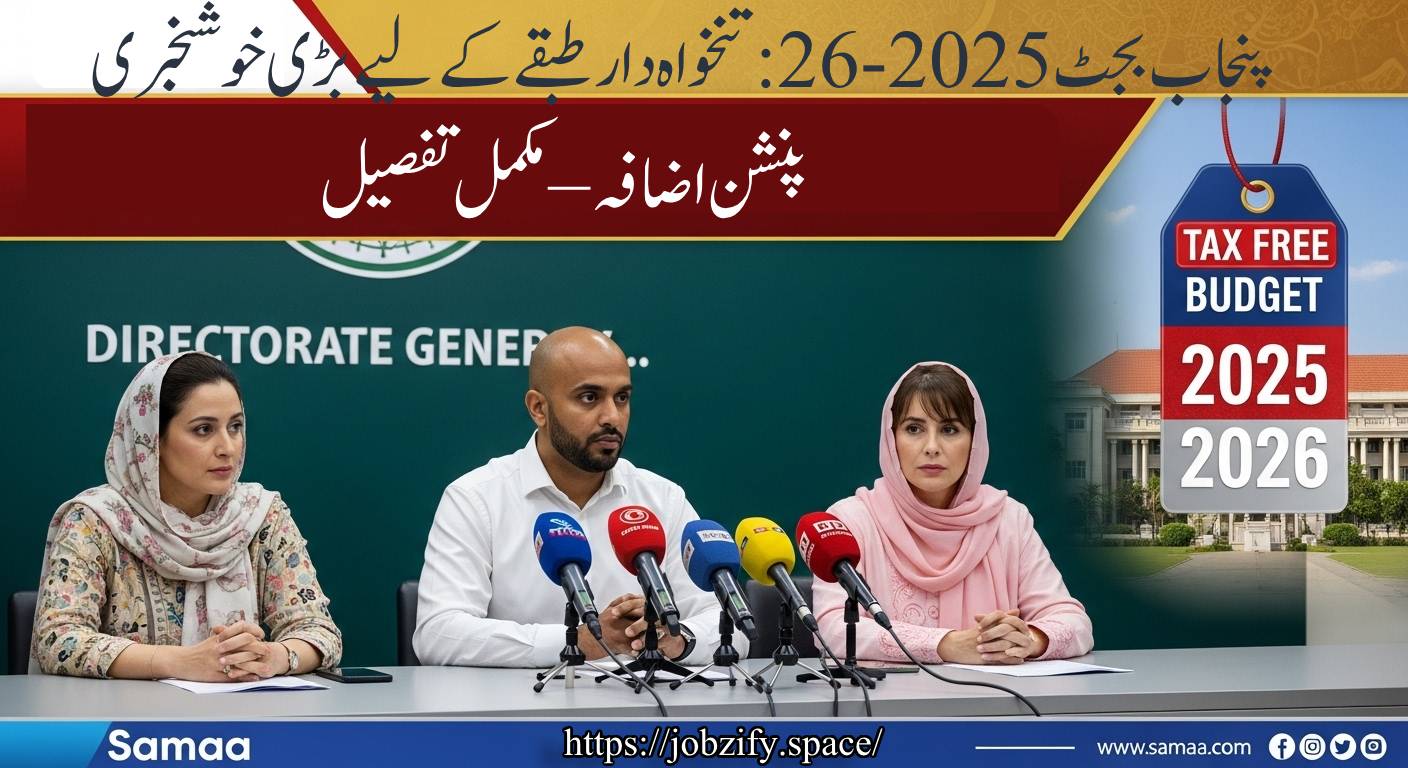Understand how escalating US-Iran conflict, including US strikes on nuclear sites and Iran’s Strait of Hormuz closure threat, is roiling the Nifty 50. Get the latest market analysis, key support levels, and investor strategies for navigating this unprecedented volatility.
Table of Contents
Nifty 50 Navigates Geopolitical Storm: Resilience Tested Amidst Middle East Flare-Up
Nifty 50. India’s benchmark equity index, the Nifty 50, finds itself at a critical juncture. After closing the previous week on a strong upward trajectory, the index opened Monday, June 23, 2025, in the red, mirroring the ripples of escalating geopolitical tensions in the Middle East. The dramatic developments involving the United States and Iran have cast a fresh shadow of uncertainty over global markets, with the Nifty 50 feeling the immediate tremors.
The Week That Was: A Strong Finish for Nifty 50
Solid Gains. For the week ending June 20, 2025, the Nifty 50 demonstrated remarkable resilience. It wrapped up the trading period with a commendable 1.5% gain, showcasing underlying market strength. This positive momentum was particularly evident on Friday, June 20, when the index surged by 1.29%, clawing back much of its earlier losses and closing at 25,112. This strong finish underscored bullish sentiment and tactical trading opportunities.
Key Levels Tested. Throughout the week, the Nifty 50 respected crucial technical levels. The 24,980 resistance acted as a ceiling on early trading days, only to be decisively breached towards the end of the week. Similarly, the 24,850 level proved to be a robust support, indicating healthy consolidation and renewed buying interest on dips. Analysts highlighted various time-based cycles and price zones that played out with precision, affirming the market’s technical responsiveness.
Sectoral Dynamics. The Friday rally witnessed broad-based participation. Sectors such as Realty, PSU Banks, Metal, and Auto emerged as significant outperformers, leading the charge. This widespread optimism suggested a positive shift in investor sentiment, driven by domestic factors and a potential easing of earlier market anxieties. The performance of heavyweights like HDFC Bank, ICICI Bank, and Reliance Industries significantly contributed to the Nifty 50’s upward movement.
Monday’s Opening Bell: Geopolitical Shocks Reverberate
Red Open. The start of the trading week on Monday, June 23, however, painted a different picture for the Nifty 50. Tracking negative global cues, the index opened below the crucial 25,000-mark, registering a significant dip. The BSE Sensex also followed suit, tanking over 600 points in early trade. This abrupt shift in market sentiment was a direct consequence of the intensifying geopolitical conflict between the United States and Iran.
Global Cues Dominate. Market analysts emphasized that global factors would be paramount in influencing Monday’s performance. Investors were closely monitoring not only the latest developments in West Asia but also economic data like US manufacturing and services PMI, which provide insights into the health of major global economies. However, the Middle East crisis quickly became the dominant narrative.
Volatility Expected. The immediate outlook for the Nifty 50 suggests a period of consolidation coupled with heightened volatility. While some experts maintain a “buy on dips” strategy, the unpredictability of the geopolitical landscape means that sharp intraday swings are likely to persist as the market reacts to every piece of news.

The Iran-USA Conflict: A Rapid Escalation
US Strikes Iranian Facilities. The primary catalyst for Monday’s market downturn was the dramatic escalation in the US-Iran conflict. On June 21-22, the United States, in support of Israel, conducted targeted military strikes on three Iranian nuclear facilities: Fordow, Natanz, and Isfahan. Dubbed “Operation Midnight Hammer,” these strikes involved B-2 bombers and Tomahawk cruise missiles.
“Spectacular Success.” US President Donald Trump publicly declared the strikes a “spectacular military success,” claiming “monumental damage” and that Iran’s enrichment facilities had been “completely and totally obliterated.” Pentagon officials corroborated these claims, stating that initial battle damage assessments indicated “extremely severe damage and destruction” to all three sites. Satellite imagery, subsequently analyzed, appeared to show craters and significant damage at the targeted locations.
Iran’s Retaliatory Steps. In direct response to the US aggression, Iran’s Parliament unanimously approved a proposal to consider closing the Strait of Hormuz. This move, though requiring final approval from Iran’s Supreme National Security Council and Supreme Leader Ayatollah Ali Khamenei, represents a significant escalation. The Islamic Revolutionary Guards Corps (IRGC) also issued a veiled warning of “regrettable responses” to the US. Reports from Iranian state media indicated air defense systems firing and explosions heard in parts of Iran, signaling a heightened state of alert.
Diplomatic Maneuvers. Amidst the rising tensions, Iran’s Foreign Minister is reportedly traveling to Moscow to meet with Russian President Vladimir Putin on June 23. Russia has condemned the US strikes as a violation of the UN Charter, adding to the international pressure and diplomatic maneuvering surrounding the conflict.
The Strait of Hormuz: A Direct Threat to Global Energy
Oil Price Surge. The most immediate and tangible impact of the escalating conflict on global markets, including the Nifty 50, has been observed in crude oil prices. Brent Crude surged, testing levels of $81 per barrel in early Monday trade. This spike is a direct consequence of the US strikes and the chilling prospect of Iran potentially closing the Strait of Hormuz.
Global Chokepoint. The Strait of Hormuz is a narrow but immensely strategic waterway connecting the Persian Gulf to the open waters of the Arabian Sea. It serves as the single most important transit point for approximately 20% of the world’s daily oil consumption. For nations heavily reliant on Middle Eastern oil, like India, any disruption here has immediate and profound economic implications. Beyond crude, a significant portion of global liquefied natural gas (LNG) also transits this chokepoint, adding to its critical importance.
India’s Vulnerability and Assurances. India, being a major oil importer, is particularly vulnerable to disruptions in the Strait. Union Minister Hardeep Singh Puri, however, has sought to reassure markets, stating that India has multiple sources to import oil and possesses sufficient supply in place. While India’s strategic oil reserves and diversified import portfolio offer some cushion, prolonged volatility or a complete closure would inevitably strain the economy.
Economic Suicide? While Iran’s Parliament has approved the proposal, many analysts globally, including US Secretary of State Marco Rubio, have termed a potential closure of the Strait of Hormuz as “economic suicide” for Tehran. Iran itself relies heavily on the Strait for its own oil exports. Moreover, a closure would severely impact key trading partners like China, which is a major consumer of Iranian oil. This mutual dependency might deter a full blockade, but the threat itself is enough to cause market jitters.
Nifty 50‘s Response: Beyond the Headlines
Market Resilience vs. Fear. Despite the dramatic geopolitical backdrop, some analysts maintain that the Nifty 50’s response might have limits. Dr. VK Vijayakumar, Chief Investment Strategist at Geojit Investments Limited, suggested that while the US bombing had worsened the crisis, the direct market impact might be contained. He highlighted that the uncertain factor now is the timing and nature of Iran’s response. If Iran were to directly target US defense facilities or personnel, the US response could be far more substantial, leading to a much deeper crisis.
“Buy on Dips” Strategy. The prevailing market assessment, as per some experts, is that there are limits to what Iran can do against the combined might of the US and Israel. This assessment underlies the “buy on dips” strategy that remains favored by many investors for the Nifty 50. This approach suggests that any significant corrections due to geopolitical events might be seen as opportunities to accumulate quality stocks, assuming the conflict does not escalate into a full-blown regional war.
FII and DII Dynamics. The activity of Foreign Institutional Investors (FIIs) and Domestic Institutional Investors (DIIs) remains a crucial factor for the Nifty 50. On Friday, FIIs were net purchasers of shares worth Rs 7,940 crore, indicating continued foreign confidence, while DIIs recorded net sales of Rs 3,040 crore. The net inflow from FIIs helped cushion the market. However, their stance could shift rapidly based on geopolitical developments and global risk sentiment.
Impact on Sectors. While oil stocks are predictably in focus due to the crude price surge, the broader market impact on the Nifty 50 sectors will be nuanced. Export-oriented sectors might face headwinds if global trade slows, while sectors dependent on domestic consumption might show greater resilience. The banking and financial services sector, a heavyweight in the Nifty 50, will also be keenly watched for any ripple effects from potential global economic slowdowns or interest rate shifts.
RBI’s Role. Domestically, the Reserve Bank of India’s (RBI) monetary policy continues to be a stabilizing force. Its dovish tone and signaling of potential rate cuts, contingent on subdued inflation, have reinforced market confidence. This provides a crucial domestic anchor for the Nifty 50 amidst global uncertainties, suggesting that internal economic fundamentals remain supportive.
Looking Ahead for the Nifty 50
Navigating Uncertainty. The coming days and weeks will be crucial for the Nifty 50. The market will be closely monitoring Iran’s next moves, the reactions of global powers, and any potential shifts in crude oil prices. The 25,200-25,250 zone will serve as a near-term hurdle for the Nifty 50, while the 24,700 and 24,400 levels will act as critical support zones. A sustained move above resistance could indicate market confidence overriding geopolitical fears, while a break below support could signal deeper concerns.
Beyond the Headlines. While geopolitical events often grab headlines and cause immediate market reactions, the long-term trajectory of the Nifty 50 will continue to be shaped by India’s robust economic growth, corporate earnings performance, and ongoing structural reforms. The underlying resilience of the Indian economy, coupled with a growing domestic investor base, provides a strong foundation.
Prudent Strategy. For investors, this period of heightened volatility underscores the importance of a prudent and diversified investment strategy. While short-term tactical opportunities may arise, a focus on fundamentally strong companies and a disciplined approach to risk management will be paramount. The Nifty 50, like any major index, is a reflection of both domestic strength and global interconnectedness. Its journey through the current geopolitical storm will be a test of its inherent resilience and the underlying robustness of the Indian economy. The eyes of the financial world remain firmly fixed on how the Nifty 50 will perform amidst these complex and rapidly evolving global dynamics.




